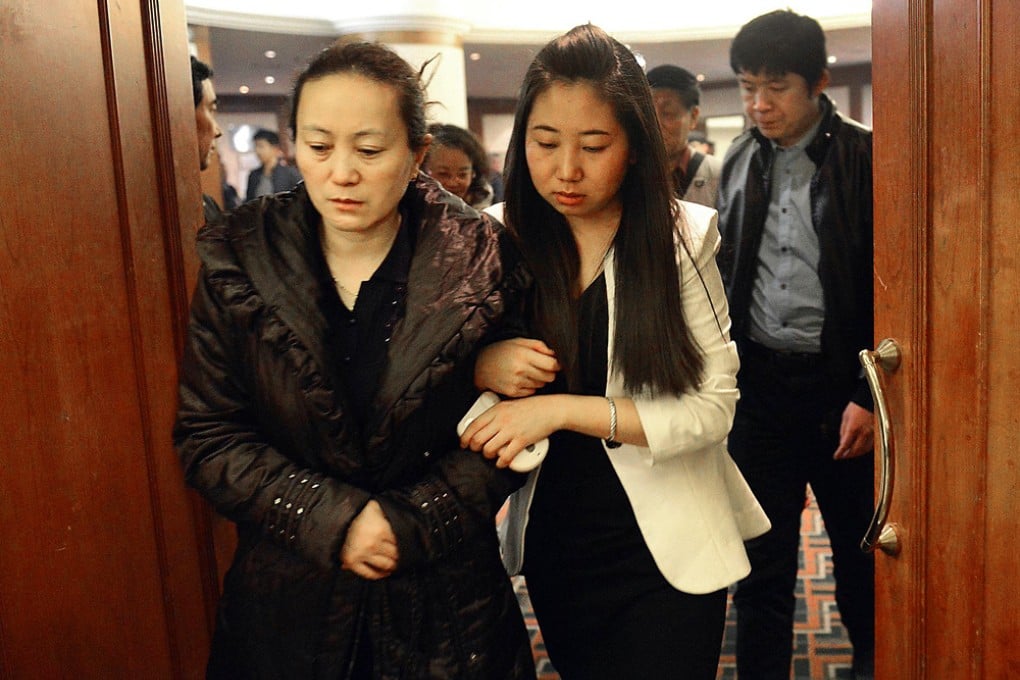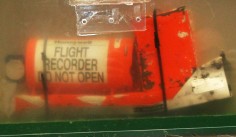Race against time to find Malaysia Airlines black box as battery sending signal 'will run out in 30 days'
Search teams are racing to find the flight recorders of the missing Malaysia Airlines plane before the exercise becomes a prolonged and potentially costly one resembling the search for Air France Flight 447, experts say.

Search teams are racing to find the flight recorders of the missing Malaysia Airlines plane before the exercise becomes a prolonged and potentially costly one resembling the search for Air France Flight 447, experts say.
An underwater locator beacon inside the black box that switches on automatically after a crash and sends out a sonar signal has not been detected.
"The battery life of the locator lasts 30 days. If they cannot find it within this window, it will become very hard to locate," said Professor Alan Lau Kin-tak, of Hong Kong Polytechnic University's engineering department.
No signal was received from the Malaysian plane's emergency locator transmitter, which is designed to emit distress signals from a plane after an accident. It has a lifespan of 24 hours.

"If you still haven't found the wreckage by the time the pinger stops working, you really have a problem," said Newbery.